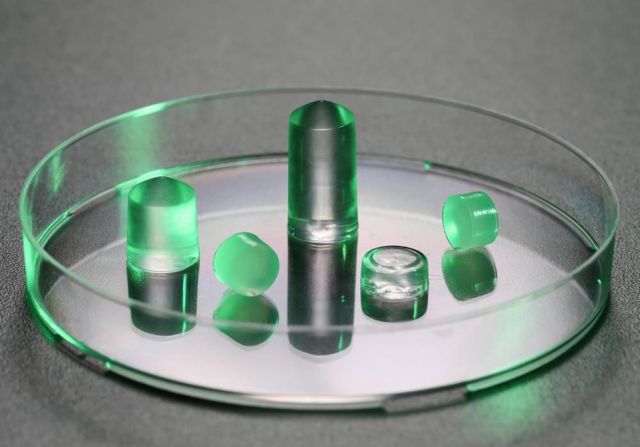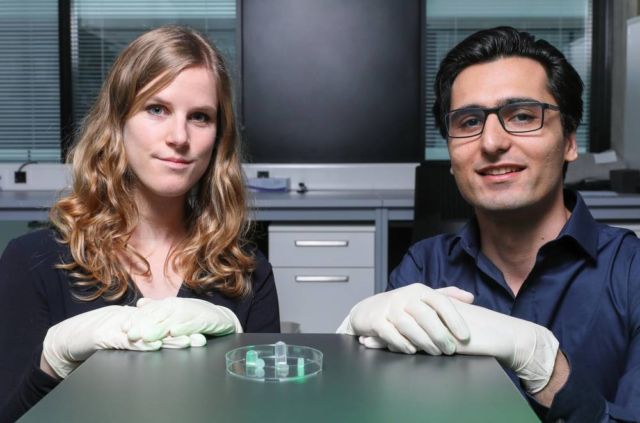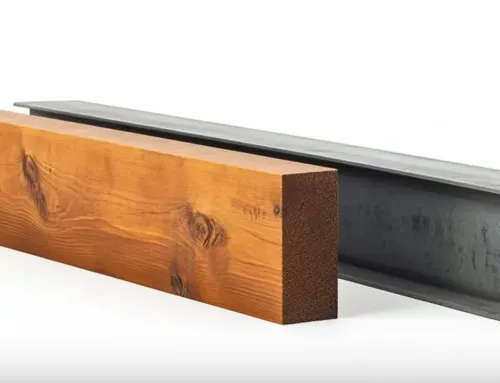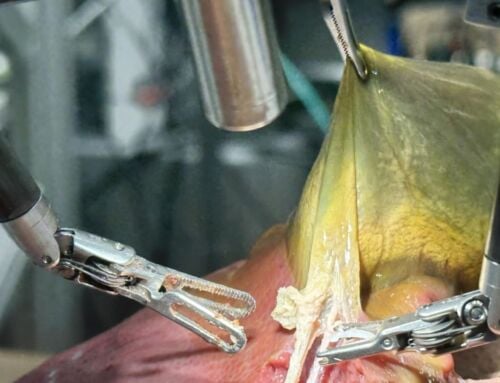Researchers have developed a hydrogel, made up of nearly 90% water, that naturally adheres to soft tissue like cartilage and the meniscus.
Some types of body tissue, like cartilage and meniscus, have little or no blood supply and are unable to heal if damaged. One promising approach to this problem is to inject a hydrogel loaded with repair cells or drugs into the damaged area in the hope of stimulating tissue regeneration.
However, commercial hydrogels do not stay put after being applied to the treatment area because of pressure from the body’s movements and the flow of bodily fluids.
Doctors therefore use special membranes to keep the hydrogel in place, yet those membranes are attached with sutures that perforate the very tissue the hydrogel is supposed to heal.
Two EPFL research groups, led by Dominique Pioletti and Pierre-Etienne Bourban, have created a biocompatible hydrogel that naturally adheres to soft tissues like cartilage and the meniscus. Their hydrogel, which is almost 90% water, can withstand mechanical stresses and extensive deformation and therefore eliminates the need for a separate binding process. Their research has been published in ACS Applied Materials & Interfaces.
If the hydrogel carries repair cells, it could help damaged tissue to heal.
Pioletti, head of the Laboratory of Biomechanical Orthopedics in EPFL’s School of Engineering, said:
“Our hydrogel is ten times more adhesive than currently available bioadhesives on the market such as fibrin. And thanks to its high water content, our hydrogel is very similar in nature to the natural tissue it’s designed to heal.”
The new hydrogel is actually a composite material consisting of a double-network matrix and a fiber network. This structure preserves the material’s strong adhesive capacity by blunting the impact of mechanical stresses.
Pioletti, explains:
“The double network structure distributes incoming mechanical energy throughout the hydrogel, so that the material shows adhesion improvement when it is compressed or stretched. In hydrogels that lack these damping mechanisms, the mechanical stresses are concentrated on the interface between the hydrogel and the tissue, and the hydrogel comes off quite easily.”
source EPFL







Leave A Comment